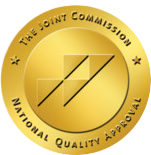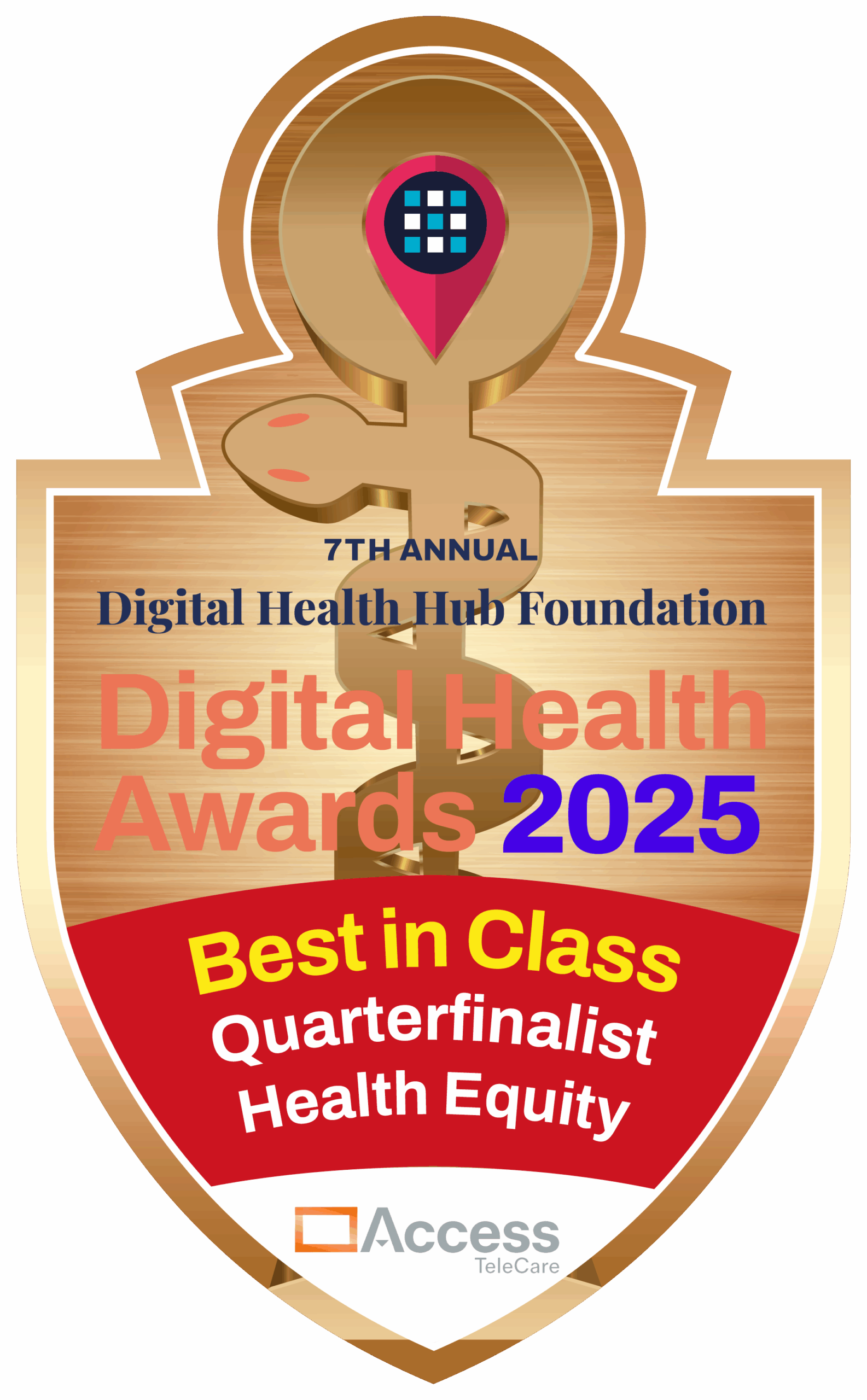On National Rural Health Day, Access TeleCare proudly recognizes the hospitals, clinicians, and community leaders working every day to ensure that high-quality care is never out of reach — no matter where a patient lives.
Rural hospitals are lifelines. They provide emergency care, chronic disease management, maternal health services, and behavioral health support for nearly 61 million Americans. But these hospitals face unique challenges: workforce shortages, limited specialty coverage, and financial pressures that threaten access in the communities that depend on them most.
Despite these challenges, rural health care teams continue to deliver exceptional care through innovation, collaboration, and resilience. At Access TeleCare, we’re proud to be part of that effort, standing alongside hospitals and clinicians to strengthen access, improve outcomes, and keep care local.
Telemedicine: Expanding Access, Strengthening Communities
Access TeleCare’s mission has always been to connect hospitals of every size with the specialty expertise they need to serve their communities. From teleNeurology and teleBehavioral Health to teleICU, teleCardiology, and beyond, our clinicians are helping rural hospitals eliminate transfers, reduce patient wait times, maintain critical service lines, and keep more patients in their hometowns for the specialty care they need.
Every partnership is built around a simple principle: patients deserve timely access to expert care, close to home.
“Our telemedicine partnerships with rural hospitals ensure they have the specialty support and clinical expertise they need to thrive and support their communities with the care they need, when they need it,” said Joshua DeTillio, CEO, Access TeleCare. “Together, we’re helping rural communities stay strong and healthy.”
Proven Partnerships, Measurable Results
Across the country, Access TeleCare is redefining what’s possible for rural hospitals — improving access, reducing transfers, and ensuring that small facilities can deliver big results.
Piggott Health System — Piggott, Arkansas
For years, Piggott Health System, a 25-bed critical access hospital in northeast Arkansas, was seen as a “waystation” — a first stop before patients were transferred elsewhere for specialized care. That changed when the hospital implemented Access TeleCare’s telemedicine programs.
With teleCardiology and telePulmonary & Critical Care support, the Piggott team now treats patients who once would have been transferred hours away.
“At one time, patients came to our ER just to be transferred,” said James Magee, executive director of Piggott Health System. “Now, with telemedicine, we’re able to keep more patients here and provide the care they need locally.”
The result? Improved patient satisfaction, stronger trust in the local care team, and a transformed community perception — from a stopgap to a destination for care.
Palo Pinto General Hospital — Mineral Wells, Texas
At Palo Pinto General Hospital, Access TeleCare’s telePulmonary and Critical Care program dramatically reduced transfers and kept patients close to home.
Within the first year, the hospital reduced overall emergency department transfers by 36%, retaining nearly 200 patients annually who would otherwise have been transferred. For pulmonary patients specifically, transfers dropped by more than 40%.
“Access Physicians [now Access TeleCare] provided not only skilled and caring pulmonologists for our patients but 24/7 coverage for all our patients,” said George Thomas, M.D., hospitalist at Palo Pinto General Hospital. “It has truly been an amazing addition to our team.”
The financial impact was equally powerful: keeping patients local strengthened the hospital’s bottom line, increased staff satisfaction, and enhanced the hospital’s reputation as a full-service regional provider.
Cuero Regional Hospital — Cuero, Texas
Cuero Regional Hospital partnered with Access TeleCare to launch a teleCardiology program that redefined access to heart care for the surrounding region.
In just one year, more than 100 patients avoided transfers to distant hospitals. The collaboration accelerated time-to-treatment, improved care coordination, and enhanced both nurse and physician satisfaction.
“The addition of teleCardiology strengthened our entire hospital,” said Lynn Falcone, Cuero Regional Hospital lCEO. “It helped us deliver integrated care, improve patient experiences, and expand our capacity to serve the community.”
Cuero’s success illustrates how targeted telemedicine investments can help hospitals stabilize core services, strengthen continuity of care, and build long-term operational sustainability — all key goals of rural transformation initiatives nationwide.
A Network Built on Collaboration
Through partnerships with hospitals across the U.S., Access TeleCare clinicians provide continuous, reliable specialty coverage for facilities that otherwise may not have access to it. Our virtual teams work hand-in-hand with on-site providers, nurses, and administrators, empowering local hospitals to retain patients, enhance quality metrics, and sustain essential services.
Whether it’s providing 24/7 stroke coverage, supporting emergency departments with psychiatric consults, or eliminating gaps in coverage for hospitalists, these collaborations mean fewer transfers, faster interventions, and stronger outcomes.
Driving the Future of Rural Health with Telemedicine
As we celebrate National Rural Health Day, Access TeleCare is proud to partner with rural hospitals nationwide to deliver timely, high-quality specialty care through telemedicine.









